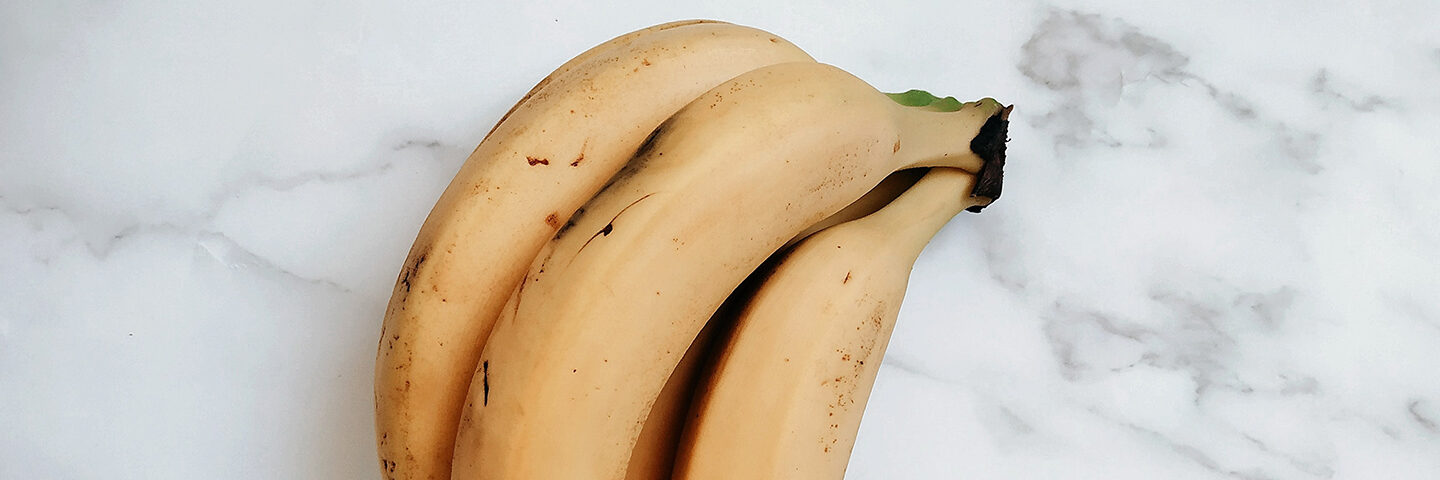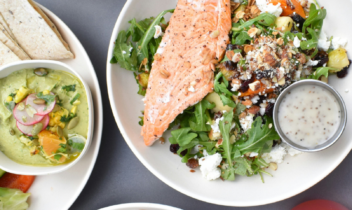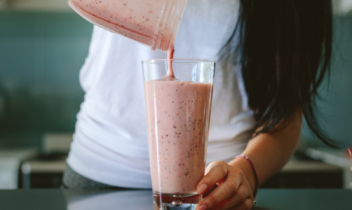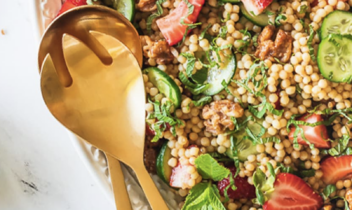
Are banana peels edible?
Answer
While eating the fibrous outer skin of the banana may be a stretch for some, Dole actually had them analyzed to see just what they were made of.
Data from the Dole lab shows banana peels contain very high amounts of some of the polyphenolic antioxidant molecules found in the flesh. How much you might ask? Well it turns out the total phenolic value measured for the banana peel of a regular-sized banana is higher than for a cup of blueberries! “Although, this overall measure is impressive we still need to know exactly what compounds give them all this antioxidant power,” Dr. Gillitt observed.
Dole scientists used liquid chromatography with tandem mass spectrometry to show that about half of this antioxidant value comes from a molecule called dopamine, which functions as a neurotransmitter in the brain and a hormone in the blood. Dole scientists have also found the peels are very nutrient-dense containing 2.3 times the fiber, 2.4 times the beta-carotene and 8.4 times the calcium of regular banana flesh.
While it’s okay to add a bit of banana peel to smoothies and juices, they’re not exactly tasty, plus latex content raises issues. For us, the most exciting implication is that the hidden potential in peels could someday add value to other foods — rather than simply going to waste. And remember washing the outside of fruit is a critical food safety step, especially when you’re eating it!
Feeling adventurous? Check out our Dole Banana Peel Carne Machada , Banana Peel Loaf, or Banana Peel Bacon BLT’s. They will make you look at banana peels in a whole new way!


